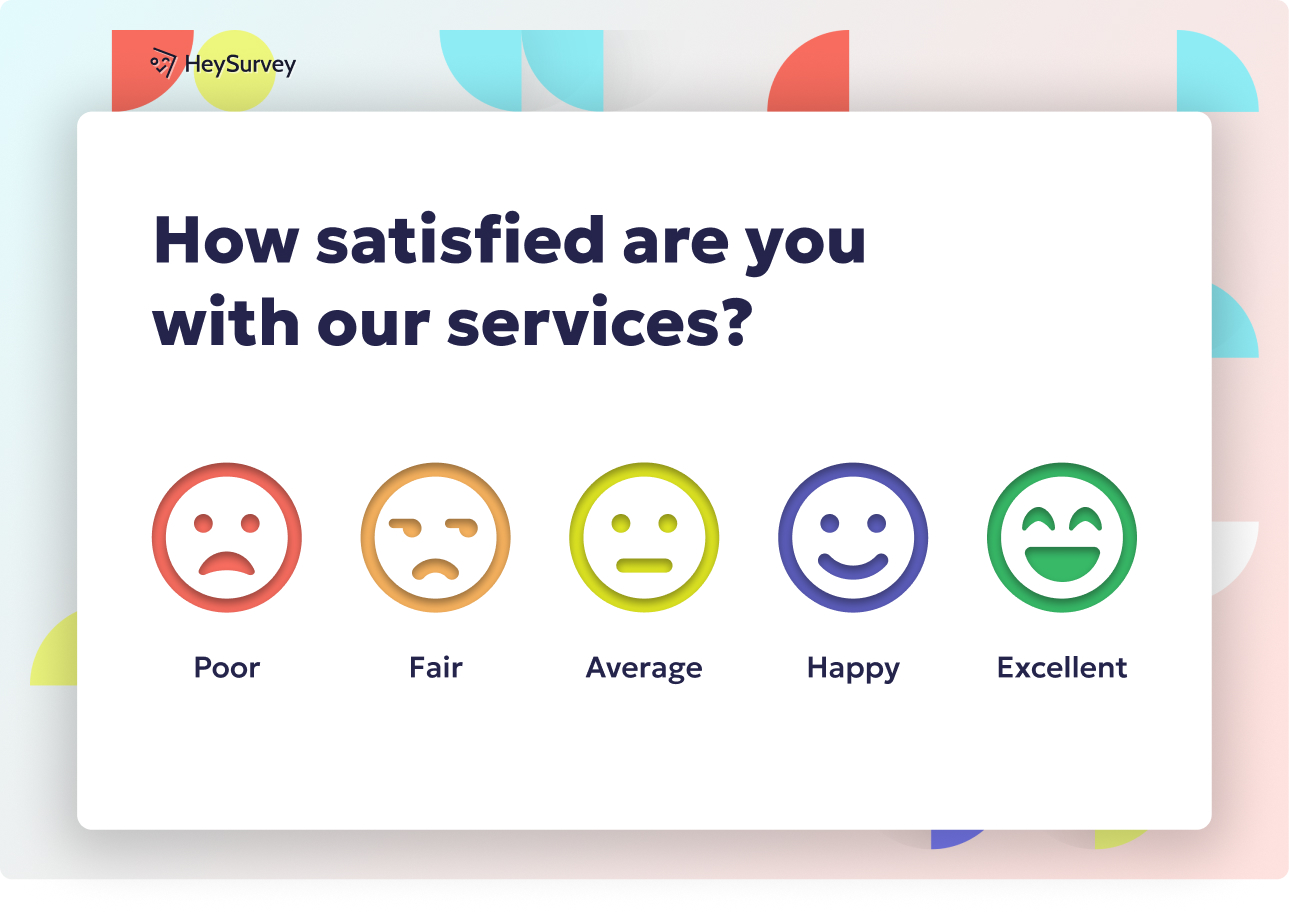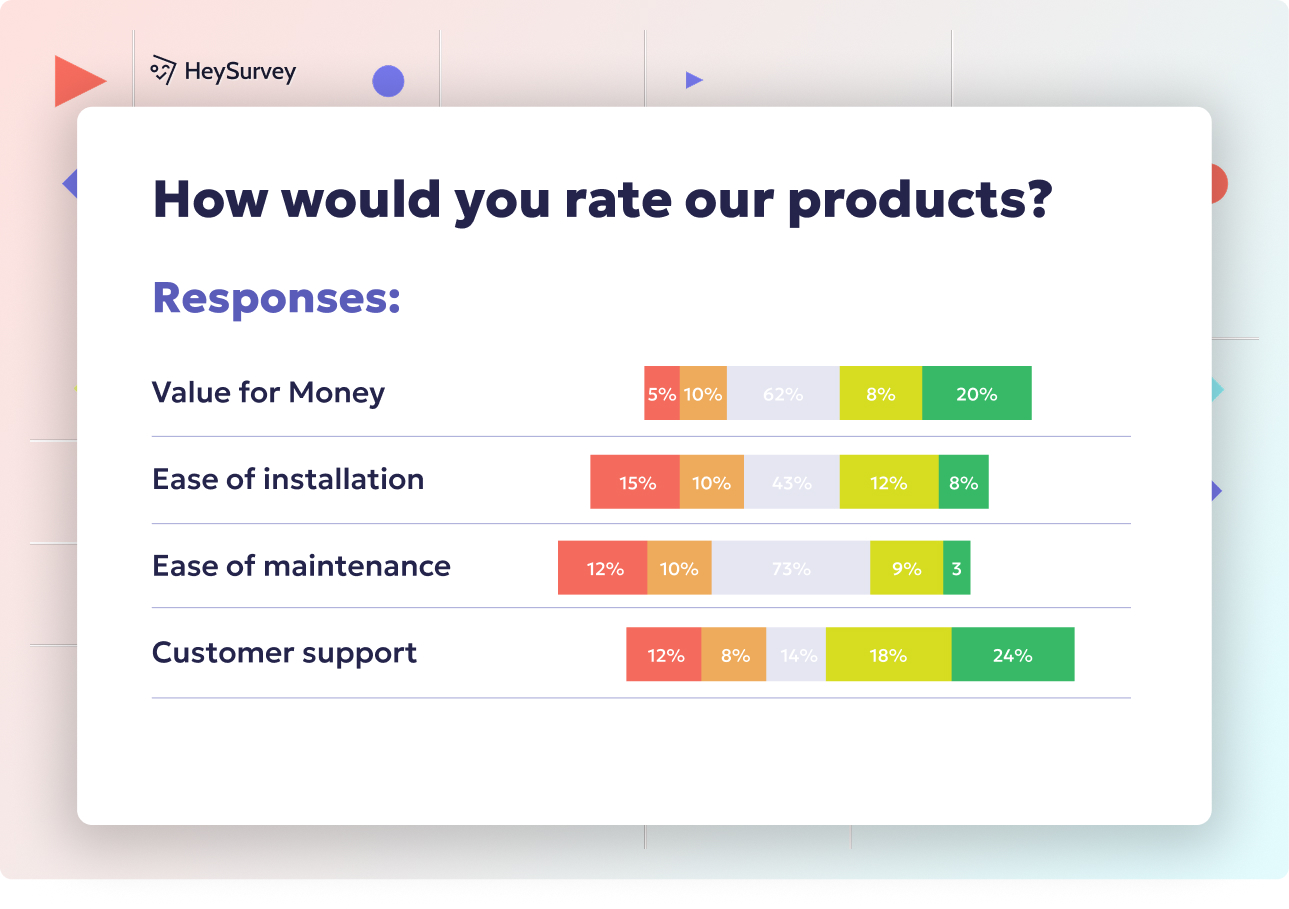30 Day Review Survey Questions: 30 Essential Sample Questions
Explore 30 day review survey questions with 30+ sample questions designed to boost onboarding, engagement, and employee retention effectively.
Every new employee’s first month is filled with excitement, jitters, and more than one “where’s the coffee machine?” moment. That’s why 30-day review surveys are so powerful—they capture fresh, honest impressions before the day-to-day becomes routine. Early feedback isn’t just a helpful courtesy; it’s a secret ingredient to boost retention, engagement, and productivity right out of the gate. Using a mix of targeted survey types, HR teams can get a deliciously 360° snapshot of how smooth—or rocky—the onboarding ride really is.
Onboarding Experience Survey
Why & When to Use
Capturing the first taste of the new job is crucial when the memories are still piping hot. Onboarding experience surveys help HR catch little hiccups or surprises that can easily slip through the cracks if you wait too long. Knowing how employees felt about their first-day orientation, the ease (or madness) of paperwork mountains, and early welcome gestures gives companies immediate insights to tweak or seriously upgrade their new hire game.
It’s best to launch this survey about four weeks after start day. By then, the nerves have settled, but memories are still crystal clear. This is the sweet spot for honest, useful feedback.
With a well-crafted onboarding survey, companies uncover:
- Where newbie confusion lingers
- Which onboarding activities truly sparkle (or flop)
- Any missed details that could lead to slow starts
Early detection of pain points means fixes can be made before a small issue becomes someone’s reason to leave. The new hire feels heard, and HR sees patterns develop over multiple hires, making future improvements a no-brainer.
5 Sample Questions
How satisfied were you with your first-day orientation?
Rate the clarity of the onboarding schedule.
Did you receive all necessary login credentials on time?
Which aspect of onboarding could be improved?
Who was most helpful during your first week?
Implementing concise, anonymous 30-day onboarding surveys with a mix of question types at regular intervals enhances employee engagement and retention. (surveymonkey.com)

Creating your 30-day review survey with HeySurvey is quick, simple, and fun! Just follow these three easy steps, and you’ll have a live survey ready to capture valuable feedback in no time. Ready? Let’s dive in!
Step 1: Create a New Survey
- Head over to HeySurvey and start a new survey. You can pick a pre-built template tailored for onboarding surveys or start from scratch if you’re feeling creative.
- Give your survey a clear, catchy internal name like “30-Day New Hire Review” so you can find it easily later.
- Once created, the Survey Editor opens up, showing you the workspace where all the magic happens.
Step 2: Add Questions
- Click the Add Question button at the top or between any existing questions.
- Choose the question type that suits your needs: Likert scales for ratings, multiple choice for options, or open-ended text for detailed feedback.
- Customize each question by editing the text, adding descriptions, or even uploading images to spice things up.
- Mark questions as required if you absolutely need an answer before moving on.
- Don’t forget—you can duplicate questions to save time or reorder them by dragging and dropping.
Step 3: Publish Your Survey
- Preview your work using the Preview button to see exactly what respondents will experience.
- When you’re happy, hit Publish. Keep in mind you’ll need to create an account or log in to publish.
- Copy your unique survey link or grab the embed code to share with your new hires via email or company intranet.
- Now, sit back (just a little) and watch the responses roll in.
Bonus Steps: Branding, Settings & Branching
- Apply Branding: Upload your company logo in the Designer Sidebar to make the survey feel authentically “you.” Tweak colors, fonts, and backgrounds to match your company vibe.
- Define Settings: Set survey start/end dates to control availability, add response limits, or create a redirect URL after submission to guide participants seamlessly.
- Use Branching: Want to get fancy? Configure branching to show different follow-up questions based on answers. For instance, if someone rates onboarding poorly, you can ask for specifics right away!
You’re now ready to build a smart, engaging 30-day review survey with HeySurvey—simple, effective, and perfectly tailored for new hire success! If you want to jump straight in, click the button below to open a survey template made just for this purpose.
Role Clarity & Expectations Survey
Why & When to Use
Misunderstandings about the role or job expectations can turn even the most promising hires into frustrated skeptics. That’s why a role clarity survey after 30 days is both clever and reassuring. It shines a light on any gaps between what was promised in the interview and what has actually landed on the employee’s plate.
This survey is best timed for the end of the first month, once the new hire has chewed through introductory tasks and started real work. It allows them to reflect on the difference between the job description and everyday experience, which is vital for both peace of mind and early course corrections.
HR teams use the feedback to:
- Spot recurring mismatches between jobs and reality
- Adjust training for tricky or unclear responsibilities
- Pinpoint which expectations need better upfront communication
A clear understanding of tasks and key performance indicators prevents confusion, unnecessary stress, and misaligned efforts. This makes for happier newbies, fewer awkward conversations, and a much smoother ramp-up.
5 Sample Questions
I understand what is expected of me in my position.
Which responsibilities feel unclear?
How aligned are your daily tasks with your job description?
What additional information would help you succeed?
Rate your confidence in meeting your KPIs.
Conducting a 30-day role clarity survey helps identify gaps between job expectations and actual responsibilities, enabling timely adjustments to improve employee satisfaction and performance. Source
Engagement & Motivation Pulse Survey
Why & When to Use
High-fives and excitement can fade fast if new employees feel disconnected or lost in the shuffle. A quick pulse survey at the 30-day mark helps HR catch any early signs of disengagement, which—if ignored—can morph into costly turnover. It’s about nipping problems in the bud while there’s still time to turn things around.
The pulse survey works best when sent as a short, sweet check-in—not a lengthy interrogation. It asks straightforward questions that open the door to how the employee is truly feeling about their place in the company mission, team energy, and sense of belonging.
The insight is golden for:
- Catching motivational dips before morale tanks
- Understanding what makes new hires tick
- Discovering easy wins to boost workplace happiness
Measuring motivation early keeps energy high, encourages small wins, and often uncovers unique motivators HR didn’t expect.
5 Sample Questions
I feel motivated to do my best work.
How connected do you feel to our mission?
What energizes you most about your role?
Would you recommend this company to a friend at this point?
What factors could increase your enthusiasm?
Manager & Team Support Survey
Why & When to Use
No one likes feeling like the oddball in the lunchroom—or lost when it comes to getting help. That’s why manager and team support surveys are must-haves after the first month. They reveal whether new hires feel guided, welcomed, and actually have people they can lean on.
This is a perfect time to gauge the support system, since the “new kid” feeling is still fresh, but the initial hand-holding may have faded. Any cracks in communication or support show up fast—either in work quality or overall confidence.
With this survey, you’ll spot:
- Where managers may need to beef up one-on-ones
- How effectively mentors or buddies are helping
- Teams that need culture-strengthening activities
A sense of team belonging or lack of support in the early days can make or break the new employee experience. Addressing these findings pays off in faster ramp-up and stronger retention.
5 Sample Questions
My manager provides timely feedback.
How comfortable are you asking teammates for help?
Describe one thing your manager could do to support you better.
Have you met with your mentor/buddy at least once a week?
Rate your sense of belonging on the team.
A study by the Society for Human Resource Management found that 25% of employees do not trust their manager to treat them fairly, highlighting the importance of manager support in fostering a sense of belonging. (shrm.org)
Training & Resources Effectiveness Survey
Why & When to Use
If tools, systems, or training leave new hires scratching their heads, productivity can stall before it ever begins. That’s why a targeted survey on training effectiveness at the 30-day mark is essential. It answers one big question: does the training actually enable success, or are new hires Googling in desperation?
Right after the initial learning phase, a 30-day check-in helps identify:
- Where resources shine or fall short
- Any persistent tool or software confusions
- Early technical headaches HR may not see otherwise
Robust training is a game-changer for ramping up confidently and avoiding repeat mistakes. If there are gaps, this is the moment to fill them—before habits or frustration set in.
5 Sample Questions
The training sessions prepared me to perform my duties.
Which tool or software still needs clarification?
How would you rate the usefulness of our knowledge base?
Did you encounter any technical hurdles?
What additional training would help?
Culture & Values Alignment Survey
Why & When to Use
Company culture isn’t just the mission statement on the wall—it’s what new hires see and feel daily. A values alignment survey after 30 days checks if there’s a spark (or disconnect) between what’s promised and what’s practiced. This helps HR see if culture is lived, and whether new voices feel respected and woven in.
Timing is key. Early impressions are uncensored, making this the right moment to measure actual vs. aspirational culture. Employees are still seeing things with fresh eyes, but have gathered enough experience to speak up on what feels off or what shines.
HR benefits by:
- Identifying cultural inconsistencies before they spread
- Spotting what wowed new hires most about the environment
- Surfacing fresh inclusion insights
Real alignment with core values breeds long-term loyalty and engagement, while early disconnects are a red flag worth addressing.
5 Sample Questions
I understand the company’s core values.
How well do daily behaviors match stated values?
Which cultural aspect impressed you most?
Where did you notice inconsistency with our values?
Do you feel included regardless of background?
Work Environment & Well-Being Survey
Why & When to Use
Imagine recruiting top talent—only for their backs to ache from bad chairs or their laptops to blink ominously. A work environment and well-being survey gets ahead of issues like uncomfortable workspaces or early burnout signals, ensuring employees settle in happy and healthy.
Sent about a month in, this survey is prime for:
- Capturing first impressions on remote tech, physical space, and workloads
- Identifying ergonomic or setup issues before habits become health risks
- Checking if new hires have figured out work-life balance
Fast fixes show you care about well-being, and they pay you back in loyalty, fewer absences, and higher productivity. A good workspace is the foundation for all the awesome work to come.
5 Sample Questions
My workspace supports my productivity.
How manageable is your current workload?
Rate the effectiveness of remote-work tools (if applicable).
Have you experienced any ergonomic issues?
What can we do to improve your well-being?
Career Growth & Future Outlook Survey
Why & When to Use
Talk about careers early and you unlock ambitions instead of losing talent to wanderlust. A career growth and outlook survey at 30 days helps uncover if new employees can see a future where they’ll thrive—and if they know how to get there.
This is the ideal moment to check on:
- Whether career paths seem possible (or cloudy)
- What skills and growth opportunities excite new hires
- How supported employees feel in chasing their goals
A career-forward conversation at this stage signals genuine investment, not just in how someone starts, but in where they’re heading. It keeps talented hires engaged, and HR gets ahead on succession planning too.
5 Sample Questions
I see a clear career path here.
Which skills would you like to develop next?
How confident are you about achieving your professional goals here?
What growth opportunities interest you within the next 6–12 months?
Do you feel your talents are being fully utilized?
30-Day Review Survey Best Practices (Dos & Don’ts)
Optimal Timing and Cadence
Timing is everything with 30-day reviews. For best results, send your surveys between days 28-32—not too early for surface answers, not too late for fuzzy memories.
Design & Question Types
Keep things short and sweet—no one wants to relive their SATs. Limit surveys to under 10 minutes for maximum completion and honesty. Be sure to:
- Mix up scales, multiple choice, and open-ended questions
- Focus each survey on one area to avoid brain fog
Anonymity & Communication
Promise absolute confidentiality so candor comes easy, not awkward. Let employees know how their feedback will be used, whether for tweaking orientation or rethinking all-staff lunches.
- Share improvements quickly, making it clear feedback caused results
- Never let new hires wonder if their voices matter
Action on Insights
Show you’re a feedback ninja by acting fast on what you learn. Keep changes visible, even if small, to build trust and reinforce the feedback habit.
What to Avoid
Don’t baffle employees with repetitive or redundant questions. And skip the loaded or leading language—“We’re the best, right?” will get you nowhere fast. Be humble, stay curious, and aim for real growth.
A thoughtful 30-day review survey program can transform the new hire experience from ordinary to unforgettable. Use these surveys to spot friction, celebrate wins, and make every new team member feel valued. Simple tweaks, speedy fixes, and open ears ensure your company keeps both top talent and top marks for onboarding. Early insights are your secret weapon—use them well!
Related Onboarding Survey Surveys
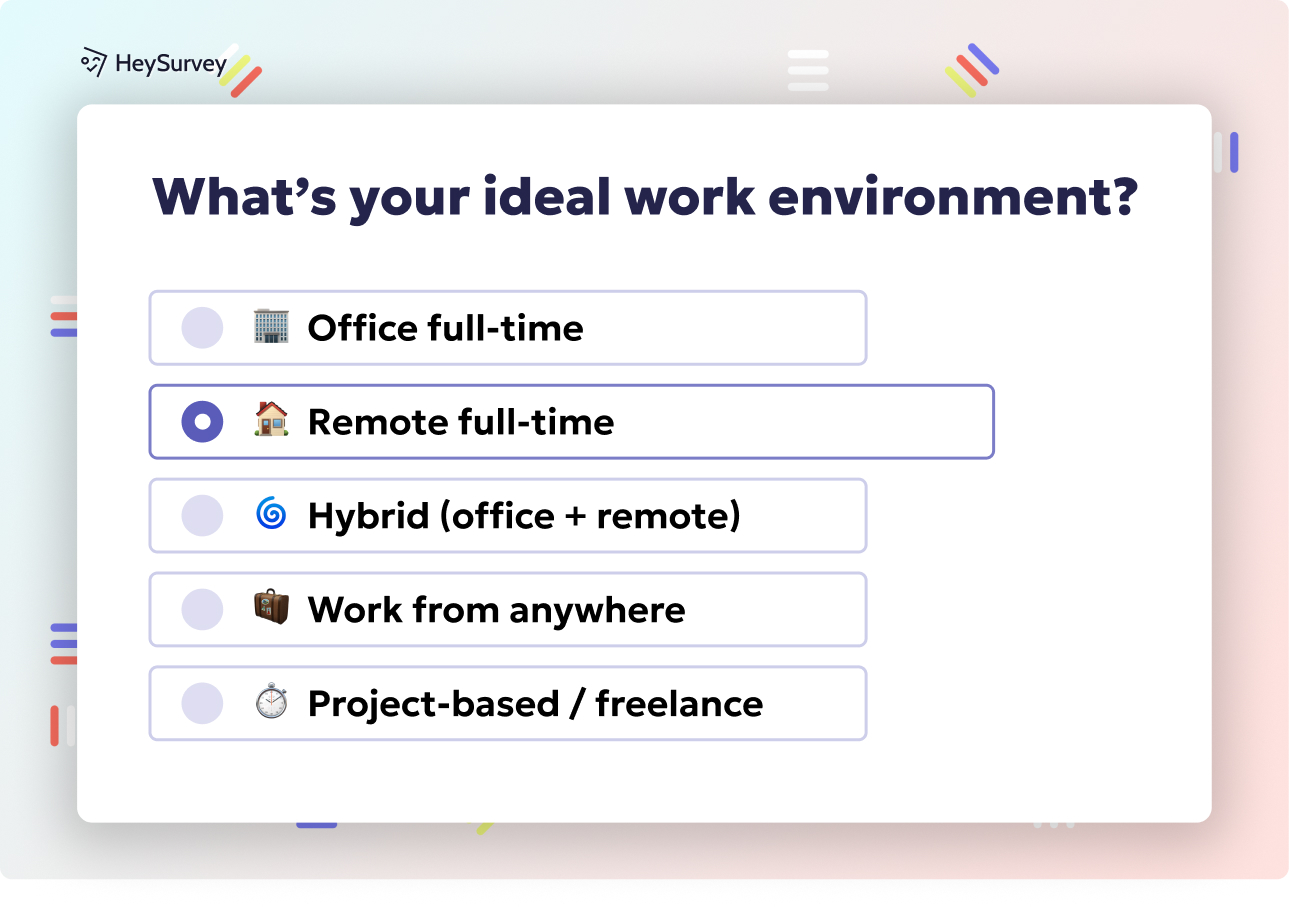
32 60 Day Check-In Survey Questions: Examples & Best Practices
Explore 60 day check in survey questions with 25+ sample questions, use cases, and best practices...
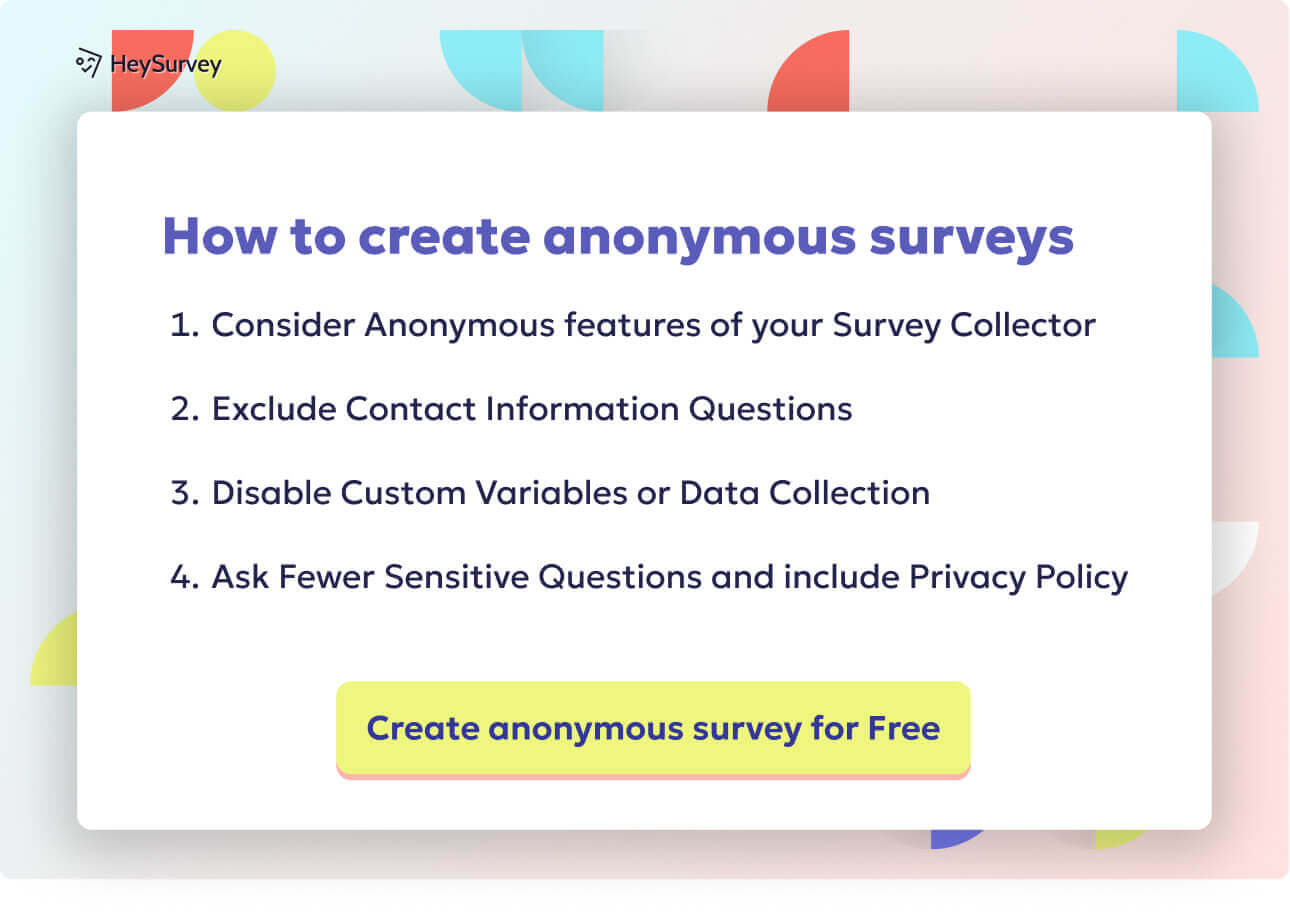
31 Customer Onboarding Survey Questions to Improve Adoption
Discover 40 customer onboarding survey questions designed to improve product adoption, gather onb...
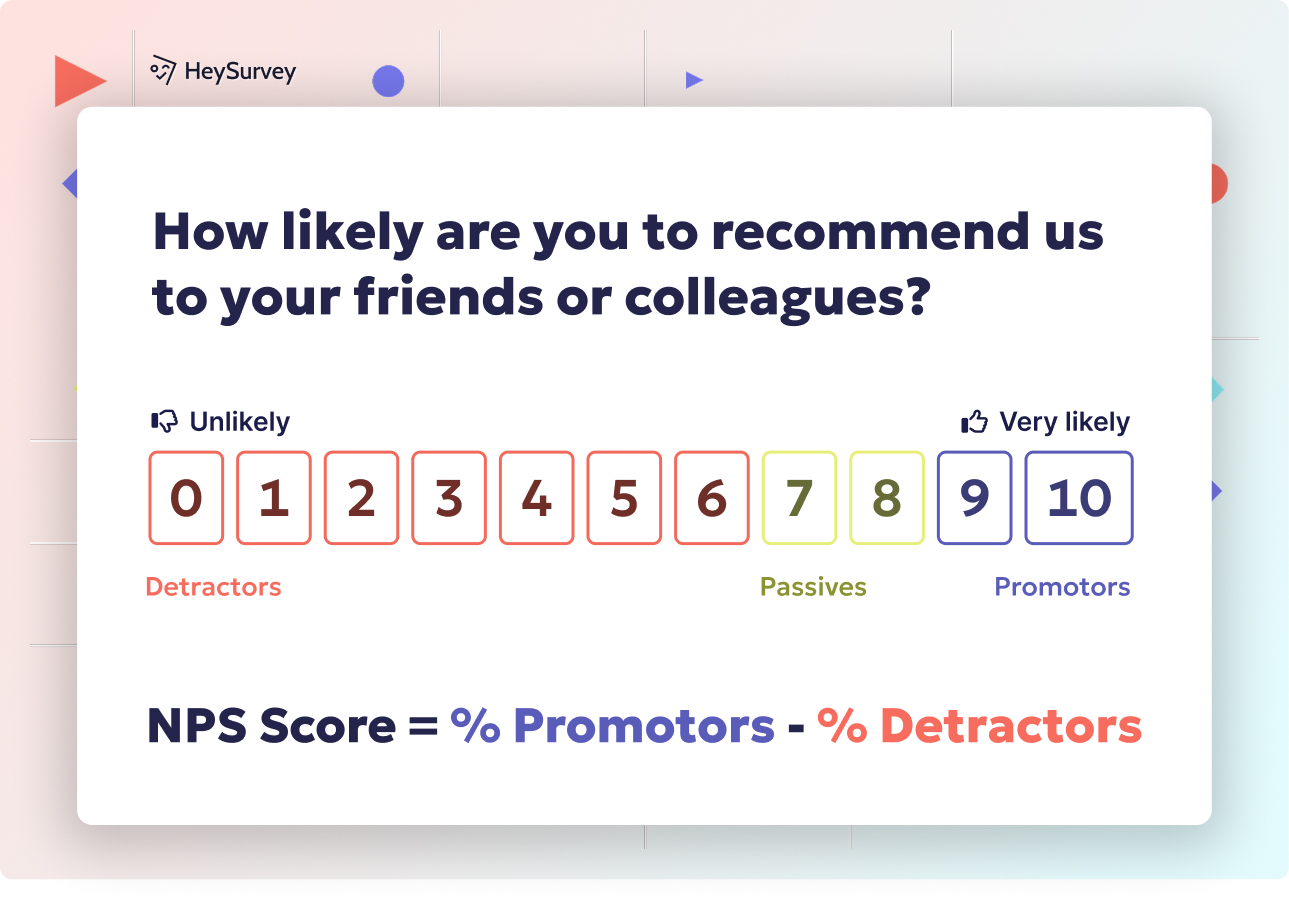
32 Onboarding Survey Questions to Boost New-Hire Success
Discover 30+ onboarding survey questions with expert tips to capture, analyze, and act on new-hir...
